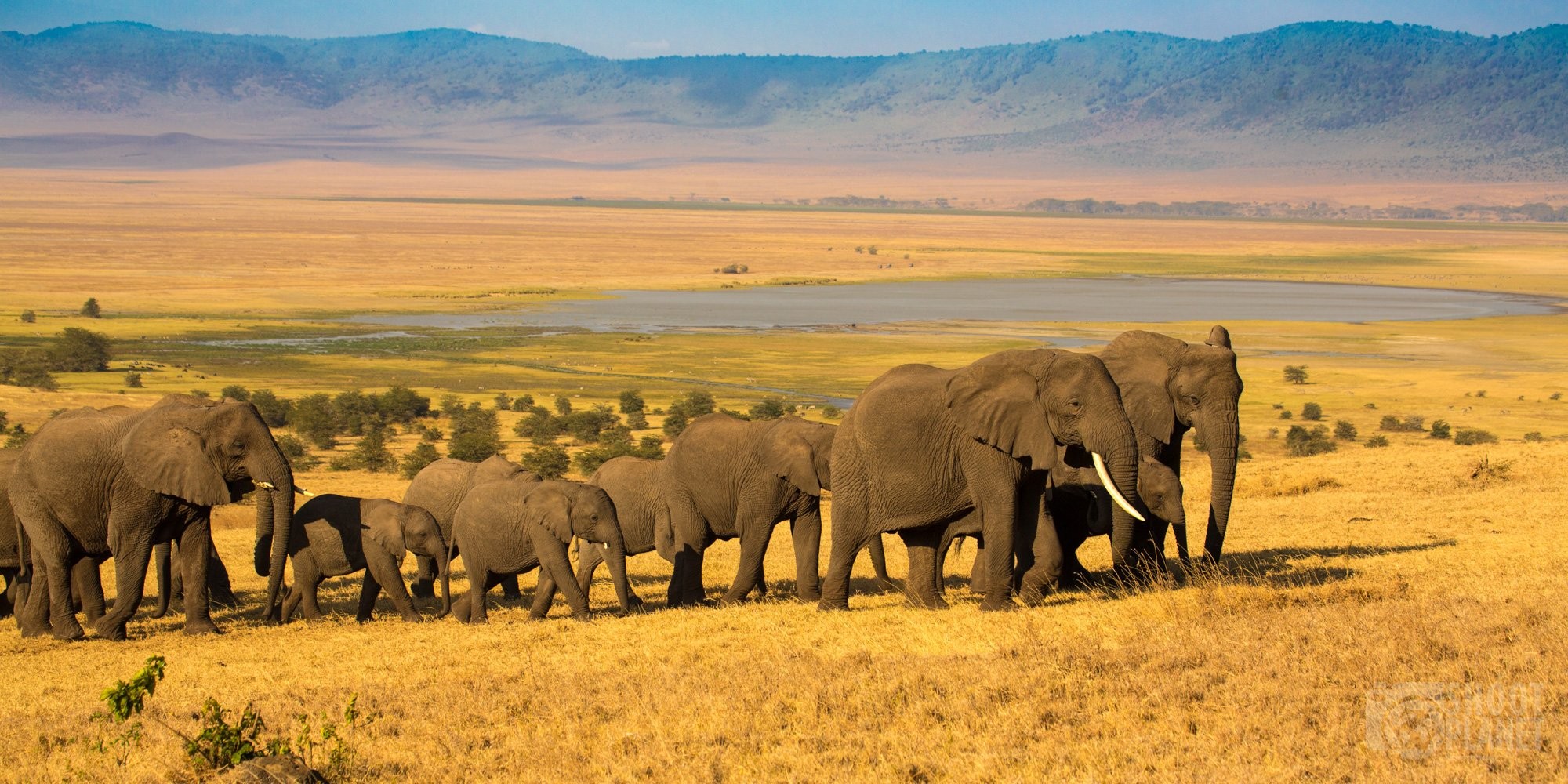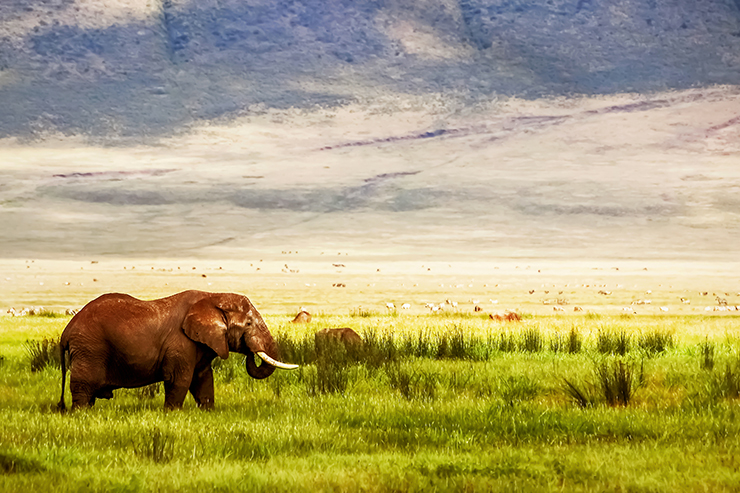NGORONGORO CONSERVATION AREA
Tour Overview
The Ngorongoro Conservation Area (NCA), measuring 8,300 square kilometres, is also the only place on earth where mankind and wild animals co-exist in harmony. The NCA became a Man and Biosphere Reserve in 1971 and was declared a World Heritage Site by UNESCO in 1979.
Originally part of the Serengeti National Park when the latter was established by the British in 1951, in 1959 the Ngorongoro Conservation Area Authority (NCAA) was formed, separating NCA from Serengeti. Land within the area is multi-use, providing protection status for wildlife while also permitting human habitation. Its uniqueness lays in the fact that the NCA is where man, livestock and wild animals live in peace: Maasai cattle can sometimes be seen grazing alongside zebras on Ngorongoro’s grassland.



World Heritage site
The NCCA’s wildlife and land has been a UNESCO site since 1979 and now its cultural heritage is to be included. The NCA is the only site in the world with a high concentration of wildlife living in harmony with human communities. The multiple land use systems in this area are among the earliest to be established around the world as a means of reconciling human development and conserving natural resources. The NCA also contains numerous paleontological, archaeological, and anthropological sites of exceptional quality.
The Main Crater
Had it not become the world’s sixth-largest unbroken caldera, then what is now known as the Ngorongoro crater could have been a towering volcanic mountain, as high as Kilimanjaro.
The crater is the flagship tourism feature for the Ngorongoro Conservation Area. It is a large, unbroken, un-flooded caldera, formed when a giant volcano exploded and collapsed some three million years ago. The Ngorongoro crater sinks to a depth of 610 metres, with a base area covering 260 square kilometres. The height of the original volcano must have ranged between 4,500 to 5,800 metres high. Apart from the main caldera, Ngorongoro also has two other volcanic craters: Olmoti and Empakai, the former famous for its stunning waterfalls, and the latter holding a deep lake and lush, green walls.
On the leeward of the Ngorongoro highlands protrudes the iconic Oldonyo Lengai, an active volcano and Tanzania’s third highest peak after Kilimanjaro and Meru. Known to local people as the Mountain of God, Mount Lengai’s last major eruption occurred in 2007. At the mountain’s foot is Lake Natron, East Africa’s major breeding ground for flamingoes.
Flora and Fauna: Wildlife
The area contains over 25,000 large animals including 26 black rhinoceros. There are 7,000 wildebeests, 4,000 zebras, 3,000 eland and 3,000 Grant’s and Thomson’s gazelles. The crater also has the densest known population of lions, numbering 62. Higher up, in the rainforests of the crater rim, are leopards, about 30 large elephants, mountain reedbuck and more than 4,000 buffalos, spotted hyenas, jackals, rare wild dogs, cheetahs, and other felines.
The legendary annual wildebeest and zebra migration also passes through Ngorongoro, when the 1.7 million ungulates move south into the area in December then move out heading north in June. The migrants passing through the plains of the reserve include 1.7 million wildebeest, 260,000 zebra, and 470,000 gazelles. The Lake Ndutu area to the west has significant cheetah and lion populations. Over 500 species of bird have been recorded within the NCA. These include ostrich, white pelican, and greater and lesser flamingo on Lake Magadi within the crater, Lake Ndutu, and in the Empakaai Crater Lake, where a vast bird population can be observed.
